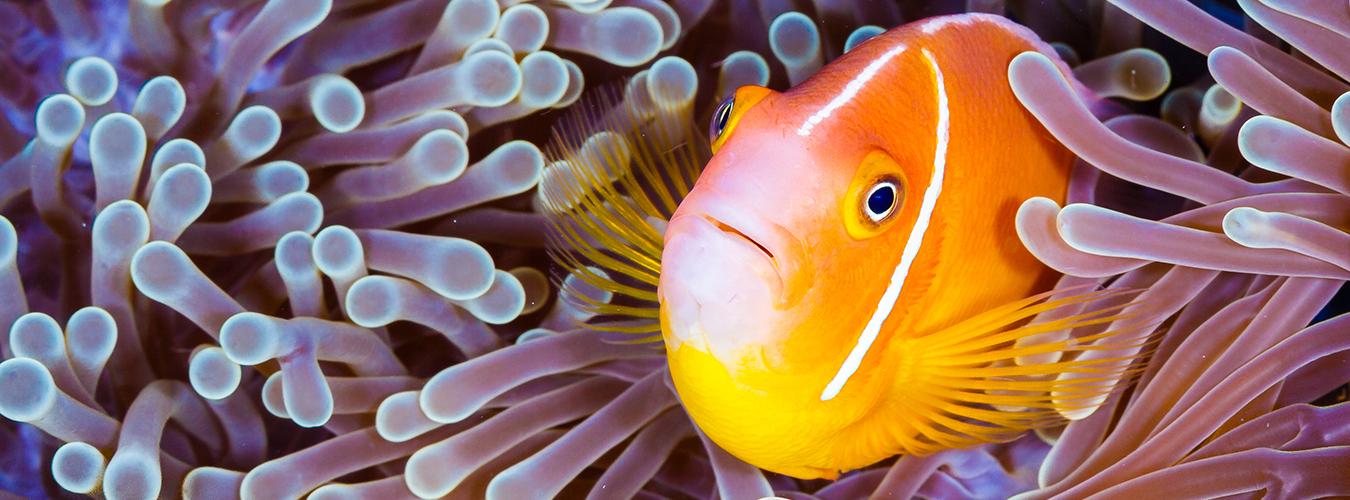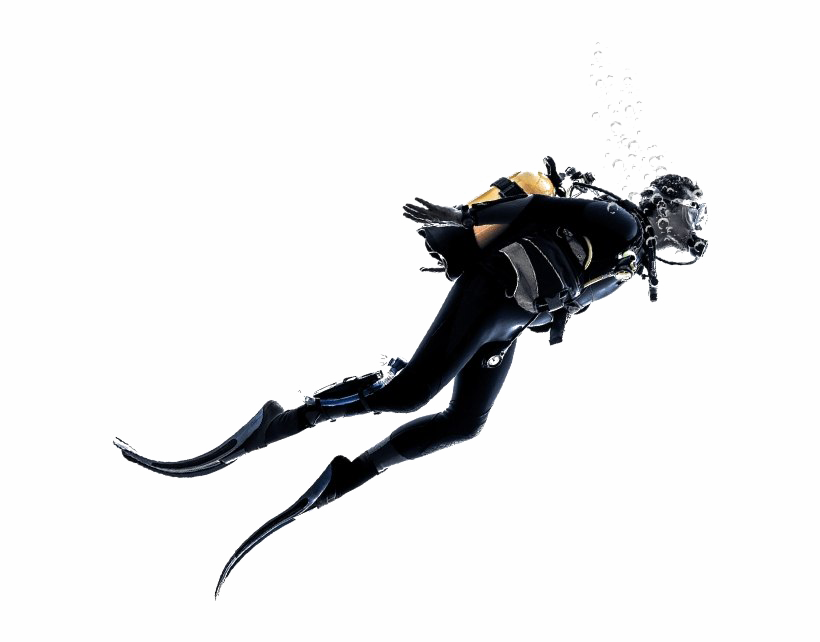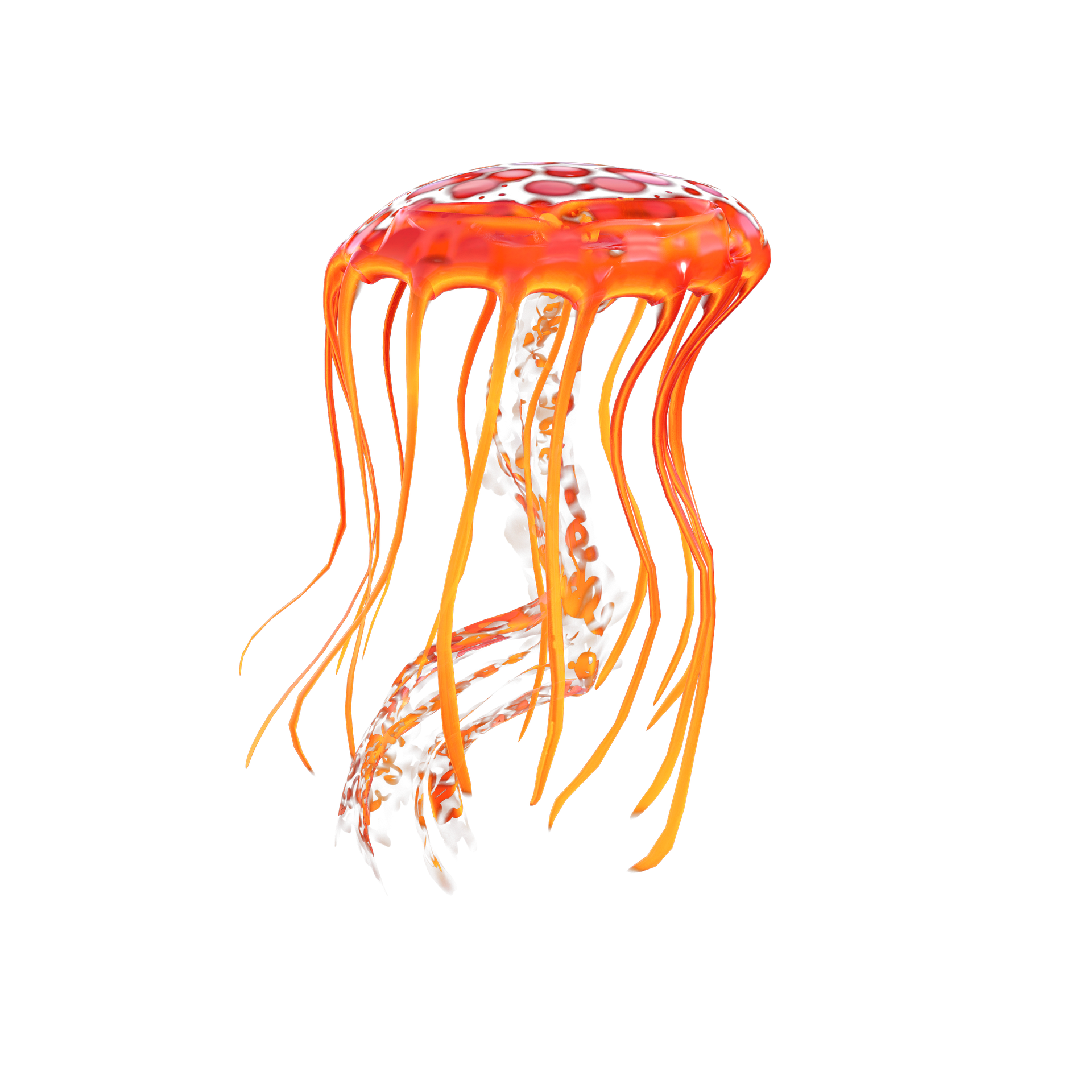
Dive with us and discover the beauty of the ocean and its corals
Not all of us can dive into the ocean to enjoy its splendor and richness. That is why The Ocean Agency gives us the opportunity to experience the seas through its 360-degree images. Dive with us on a tour through its corals to learn about the importance of its conservation. Jump right in!


The splendor of the reefs
Our dive begins in this beautiful, lively, and colorful coral reef.
Over 800 species of reef-building corals create habitats that harbor an estimated 32% of all named marine species, excluding microbes and fungi - 91% of marine species remain undescribed!
This level of diversity is particularly impressive given that reefs cover less than 0.1% of the surface area of the ocean. Coral reefs are also rich in symbiotic relationships among species, honed by millions of years of evolution.
Coral reefs benefit an estimated 1 billion people, either directly or indirectly, from the many ecosystem services they provide. Estimates indicate coral reefs provide up to $2.7 trillion per year in services, including providing critical natural infrastructure that protects increasingly vulnerable coastlines from storms and flooding, food security for vulnerable populations, tourism revenue , and even raw materials for life-saving medicines.
Visiting a sick coral
Now we move on to another coral screaming for help... Can you guess why? Exactly, its whitish color.
Possibly one of the greatest threats for coral reefs is bleaching as a result of increased sea surface temperature.
Bleaching occurs when prolonged increased sea temperatures cause a breakdown in the relationship between the corals and their symbiotic zooxanthellae (algae). The coral subsequently expel the zooxanthellae, lose their color (bleaching) and become weak.
Some corals are able to recover, often with compromised immune systems, but in many cases, they die.
According to recent reports by the Intergovernmental Panel on Climate Change (IPCC), up to 90 percent of reef-building corals could be lost by 2050, even if warming is limited to an increase of 1.5°C.
Coral gardening
Coral reef restoration is not designed to reduce climate impacts, but rather, it is intended as a complementary tool to support natural recovery following a disturbance in high-value areas.
Let’s go for a 360-degree visit to an artificial coral nursery.
Examples of restoration include the direct transplantation of coral fragments on the reef; coral gardening, where corals are fragmented, grown in nurseries, and planted back on the reef; larval propagation, where coral larvae are reared until ready to attach to the reef and released and the use of artificial structures with planted coral with the goal of protecting coastal areas.
Meet the anemones, the curious and common tenants of corals
Anemones are invertebrate animals, even though they may look like plants.
They spend most of their time in coral reefs hunting for distracted fish. They just wait for one of them to pass close enough to be captured with their poisonous tentacles and eat them through their central mouth.
Certain anemones establish symbiotic relationships with green algae. In exchange for providing the alga with a safe place and exposure to sunlight, the anemone receives oxygen and sugar through the alga's photosynthesis.
But its most mutualistic relationship is the one with the clown fish. This fish, protected by a layer of mucus that makes it immune to the anemone's sting, lives among its tentacles, thus protecting itself from predators. Meanwhile, the anemone takes advantage of the remains of food that the clownfish spreads while eating.
Below we offer you a dive among giant green anemones so that you can admire them more closely.
Do you see anything else in the spherical photograph? We will give you some clues... its scientific name is Pisaster ochraceus and it is key in controlling mussel populations...
And last but not least... the importance of sharks in the ocean and the corals’ health
Don't panic! They will not jump off your screen. Despite their bad reputation, sharks are necessary to maintain our oceans healthy.
But... did you know that sharks are very important for coral reefs and vice versa? One will be healthy if the other is healthy too.
Reefs provide sharks with prey, protection, and parasitic fish that clean their tissues.
In return, sharks provide important services for reefs, such as maintaining the nutrient cycle between the reef and the open sea.
Let's give you an example:
Sharks, at the top of the marine food chain, eat large predatory species that, at the same time, eat small herbivorous fish.
Regulating these large species helps small fish to graze on reefs and feed on algae.
This helps to ensure that there is not an excess of large algae. Otherwise, the algae would obstruct the sunlight and consume the oxygen that the corals need to breathe.
Aditionally, sharks eliminate invasive species and get rid of disease-carrying fish.
Now you know the importance of sharks and the need to regulate algae on reefs naturally!

Unfortunately, this is the end of our coral dive! But it does not mean that you cannot continue discovering the mysteries of the ocean through the material prepared for our international day or navigating the seas in 360 degrees through more images from The Ocean Agency.
